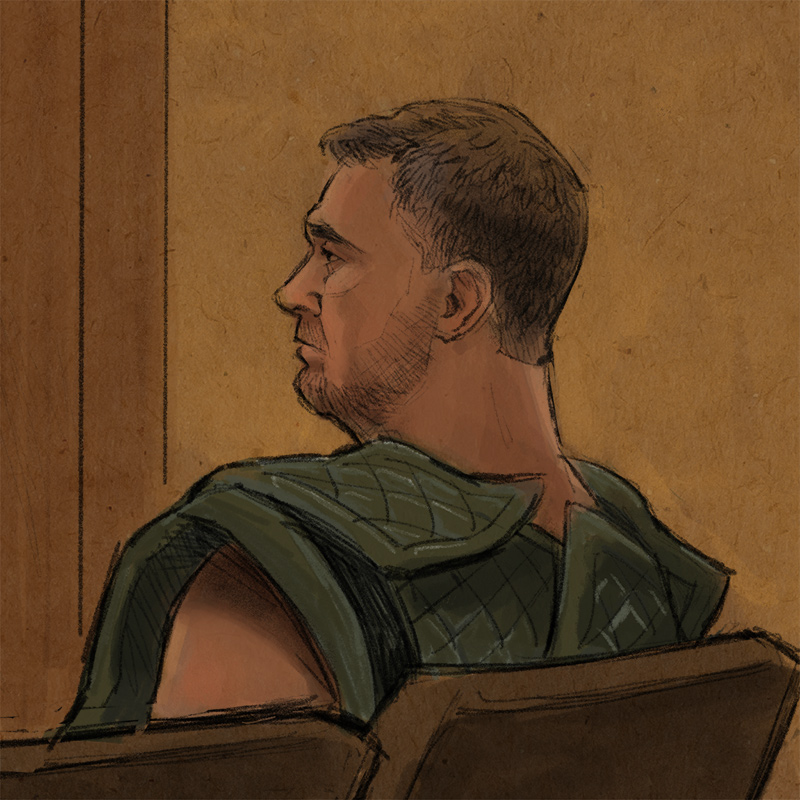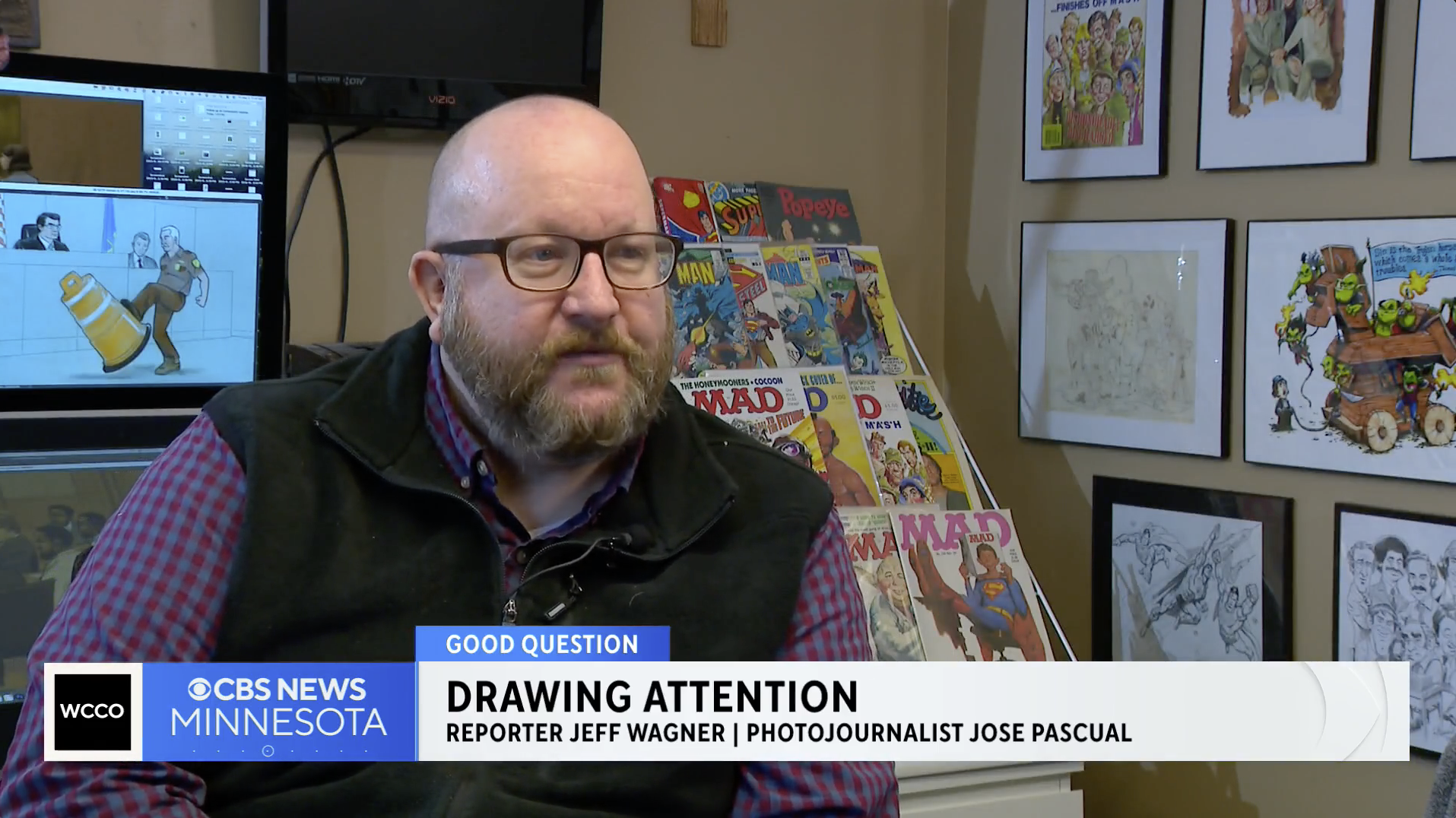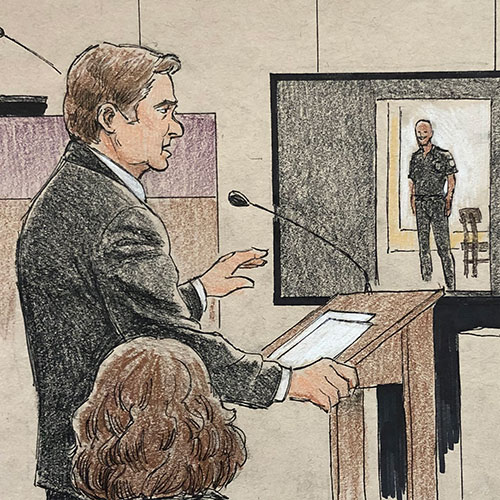08 Aug Courtroom Sketches
Besides my regular freelance work, I also do courtroom sketches for big trials in the Minneapolis area. This week I sketched two brief court hearings. First up was Abdiaziz Farah. Farah was a leader in the Feeding Our Future covid fraud, the largest pandemic fraud in the nation. When schools closed doe to covid, the State of Minnesota contracted with...





